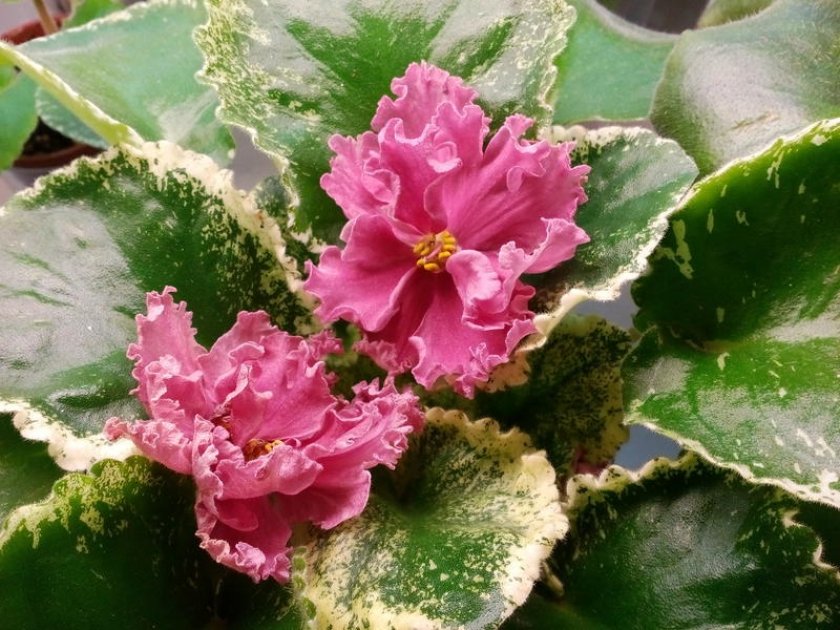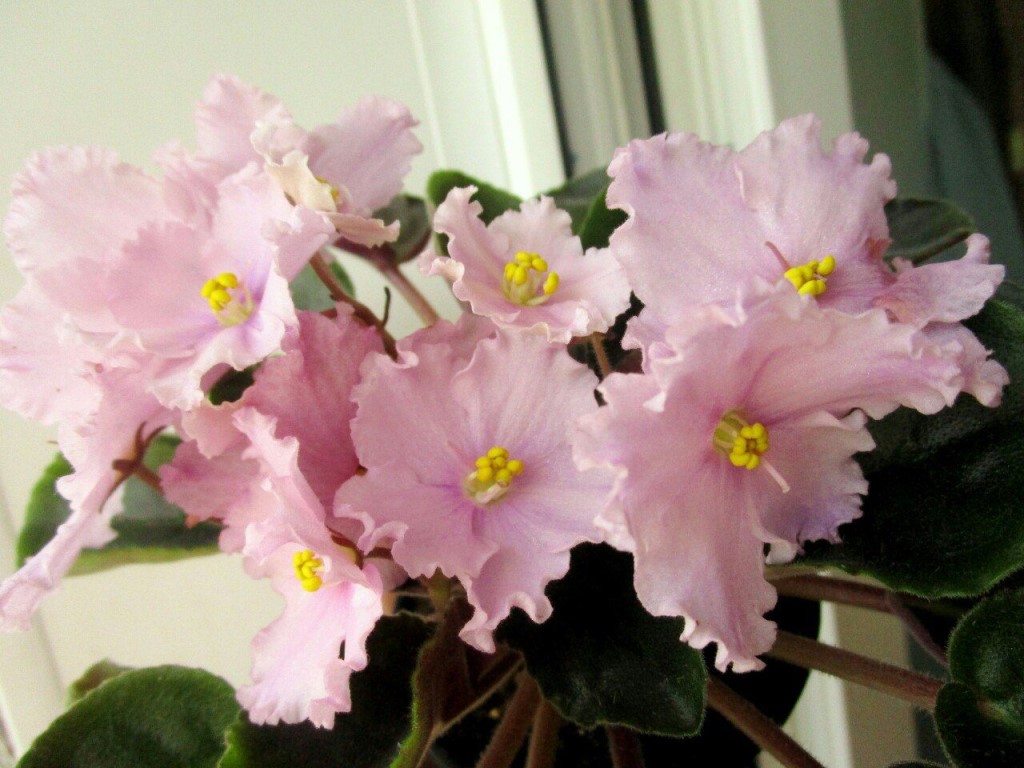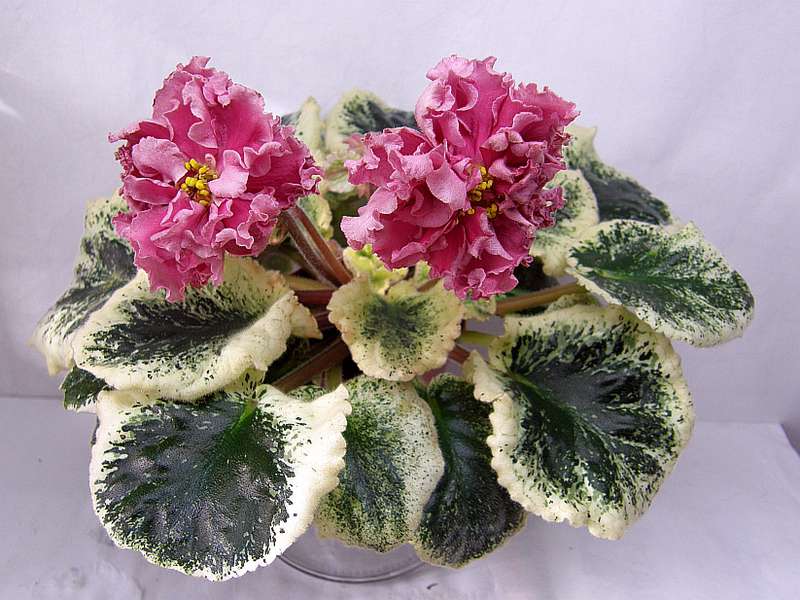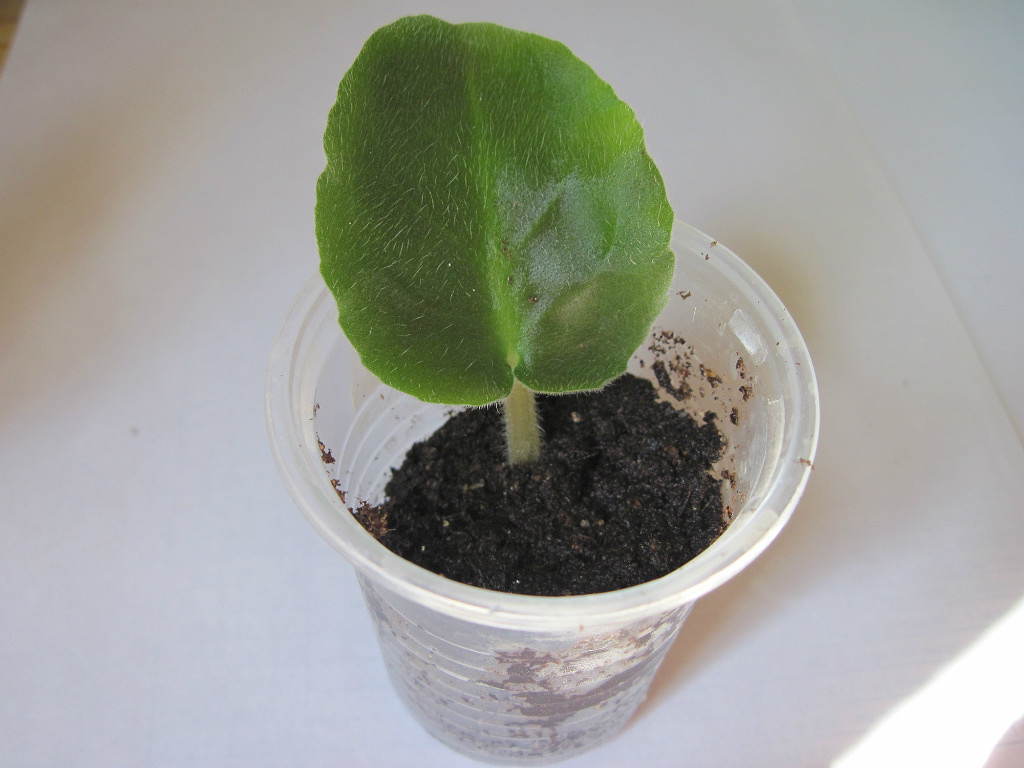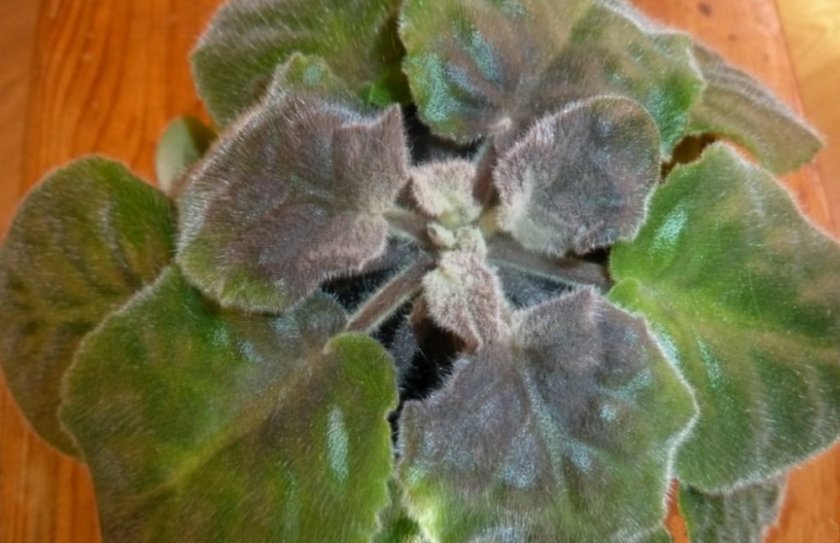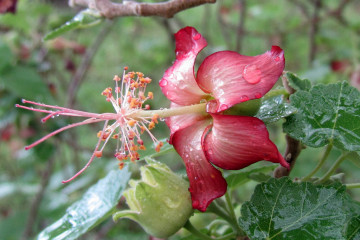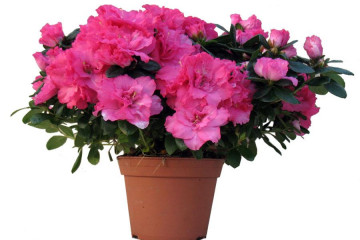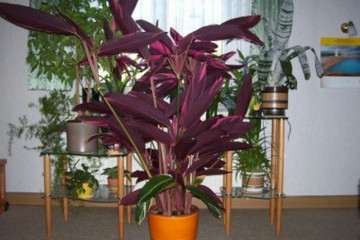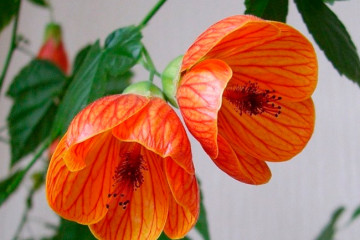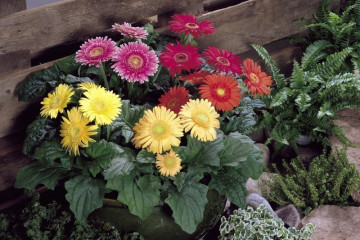Violet Chic poppy - bright home flower
Content:
Violet Chic Poppy is one of the varieties that has large and bright flowers. Despite its beauty, this plant is quite finicky, which is why many are unable to grow a flower. In this article, every novice gardener can learn everything about the violet CM-Chic poppy, get various tips for growing a flower, its reproduction and treatment.
What does a violet chic poppy look like?
The flower comes from the Gesneriaceae family and belongs to evergreens.
This violet was bred by the breeder K. Moreyev, who found Saintpaulia on Mount Kenya. It was he who managed to make the flower lush and blooming in a couple of years. But for some reason, the plant was never officially accepted and described in the botanical encyclopedia. It has been an ordinary saintpaulia for several decades. But, despite this, a huge number of gardeners dream of such a flower in their home.
Features of home care
Compared to other violets, the Posh Poppy is a very picky plant. If this flower does not like at least something, it may stop blooming and start to rot, and in some cases it may die. Therefore, it is very important to adhere to the rules outlined below.
Temperature
The most optimal temperature for violets is 20-24 ° C, at which it will bloom faster and more luxuriantly, but the range of 18-25 ° C is also acceptable. It is advisable not to put the pot in a place where there is a lot of sunlight or, conversely, it is too cold and dark.
Lighting
Despite its dislike for a lot of sun, this plant needs high-quality lighting for good development. With an excess of it, the leaves of the violet will begin to curl and shrink, and with a lack of it, the petioles will greatly lengthen. In summer, it is best to place the pot on the west or east side, and in winter where there is a lot of artificial lighting.
Watering
Violets can be watered in two ways:
- neatly around the edges of the pot. It is very important that water does not get on the greens, because of this, the flower may begin to rot and die;
- the second way is more reliable. It consists in pouring water into the pan from the pot.
Spraying
Many gardeners advise against spraying the plant and rinsing the leaves with warm water instead. The main thing, after this procedure, is to re-wipe the flower only with a dry cloth. This must be done for the reason that violet leaves do not like water very much and can also begin to rot.
Humidity
In cold weather, the flower does not need a lot of water; it can be watered once every three days. But during the heat, almost daily watering is required.
Priming
You can either buy soil for violets or make yourself. As for the first option, the earth is perfect for indoor plants or especially for violets. In the second case, you will need to buy mix:
- leafy soil, peat and perlite (5: 3: 1)
- high-moor peat and perlite (3: 1);
- wick peat and perlite (1: 1).
Top dressing
The flower should be fed during the period when it begins to bloom, or rather, in spring and autumn. The best minerals for this are potassium and phosphorus. You can also feed the violet with purchased mixtures in which nitrogen is present.
When and how it blooms
Like any violet, this plant also has its own flowering time and flowering period, which are described below.
Views
Most often, the flowers have crimson and pink hues, in rare cases, scarlet. The leaves themselves can be dark and light green, towards the edges they turn white. Sometimes you can find a violet with completely white foliage.
Forms
Violet The posh poppy has large flowers compared to other species. Their size can reach 7 cm. The petals are wavy and slightly curled inward. The leaves of the plant are also not small - up to 15 cm. From the side you can see that they have small white grains of sand, reminiscent of white powder.
Flowering period
The first flowering of this variety takes a long time. In the first year of life, the petals of the flower, due to their weight, lie on top of the leaves. After a couple of blooms, they will get stronger and begin to grow upward.
How to propagate a violet Chic poppy
This flower has several different breeding methods.
Germinating seeds
Breeders most often resort to this type of reproduction, since thanks to it it is possible to breed new types of violets. First you need to take the seed boxes that remained after flowering, and a glass with the finished soil. Then take the seeds, mix them with sand and add all this to the soil. Cover with glass and place a table lamp next to it.
Rooting cuttings
Rooting cuttings is the easiest and easiest way. All that is needed for this is to cut off any young leaf on the violet and put it in warm water. After a few days, it will give roots, after which it can be planted in the ground.
other methods
Despite the options listed above, there are two more breeding methods. The first involves separating a small part from the plant and replanting it into a new pot. In this case, it is important to carefully untangle the roots so as not to harm the flower. In the second case, you should take several offspring that grow on a flower and keep them in water until they take root.
Transplant after growing from seed
It is not necessary to immediately replant a plant that has been grown with seeds. This should be done at the moment when the root system of the flower is fully strengthened and ready to move. You can be convinced of this by examining the container: if the roots have completely braided the entire glass, you can start the transplant.
Possible growing problems
Despite the seemingly easy process of growing this beautiful flower, many growers have many problems with it. And they are not always associated with pests. Even due to improper care, the plant can die.
What leaf problems indicate
Most problems arise from poor care.Most often, the plant can die due to excessive watering or temperature fluctuations. An equally rare problem is the sun, which simply burns the violet leaves, which causes them to dry out. Also, sometimes a violet can pick up a disease due to contact with other diseased plants on the windowsill.
Common diseases
Most often, the plant is affected by:
- powdery mildew. This is an ailment in which the leaves become covered with white spots. Most often, it occurs due to an excess of humidity and low temperatures. Plants need to be treated with ordinary sulfur powder;
- late blight. It mostly affects the leaves and roots of the plant. Due to late blight, brown spots appear, leaves begin to rot and fall off. It is advisable to remove all damaged areas during an illness, and leave only one cutting in case of an advanced ailment;
- gray rot. This disease spreads to violets from other flowers. It looks like gray dust on top of leaves and flowers. All diseased areas should be removed and the flower treated with a fungicide.
Pests
Of insect parasites, the violet is attacked by:
- spider mite. With this disease, the leaves become covered with gray spots, and a small cobweb appears on the flower. The plant itself does not die, but it stops blooming and growing. It is best to treat the plant with soapy water and chemicals;
- thrips. These parasites cause flowers to fade and begin to crumble. The best medicine is actellic and aktara;
- mealybug. It looks like a cottony coating covering the roots. It sucks the juice out of the plant, which causes the violet to die over time. The plant should be treated first with soapy water, and then with Aktara.
Other problems
Many gardeners often ask why the violet doesn't bloom? This is a common problem that occurs due to improper care. If the flower does not develop and does not bloom, it is worth changing the temperature, light, amount of moisture and the size of the pot.
Violet The posh poppy is an unusual and rather finicky plant. But, despite this quality, many growers are ready to spend a lot of time for the sake of growing this small but very beautiful plant. And all due to the fact that the flower has an unusual appearance, which is not typical for the family.
